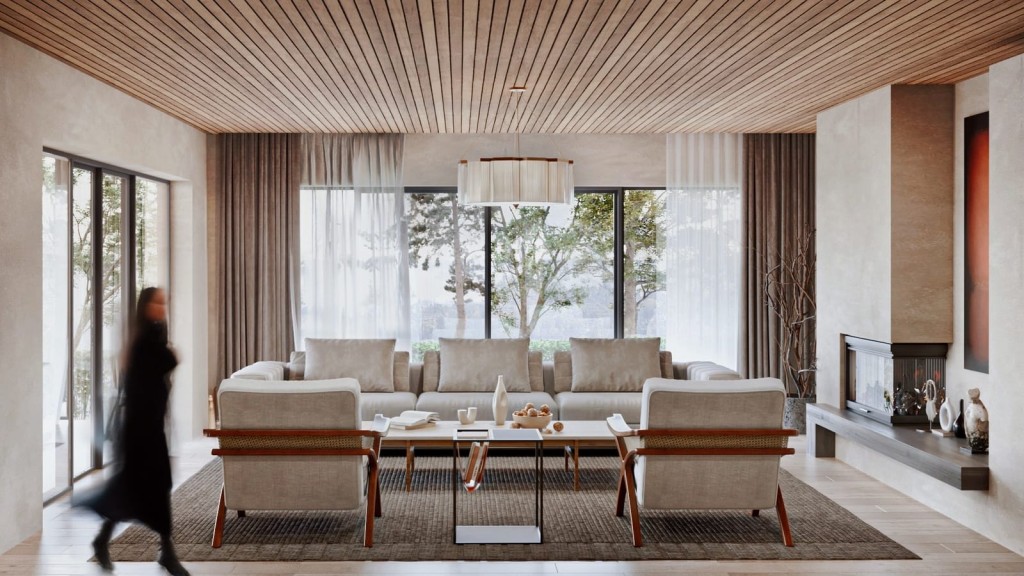What Exactly Are Luxury Interiors?
Luxury interiors go beyond high price tags and writing about luxuryinteriors labels. At their heart, they are about curated spaces that offer comfort, exclusivity, and visual harmony. Whether it’s a penthouse in New York or a countryside villa in Tuscany, luxury lies in the intentionality of design — materials chosen, textures layered, and atmospheres created.
Think of it like a symphony orchestra. Each piece — from lighting to flooring — plays its part to create a harmonious experience. No loud notes, just smooth transitions.
Understanding the Reader: Who Cares About Luxury Interiors?
Before putting pen to paper (or fingers to keyboard), ask yourself: Who am I writing for?
Not everyone reading about luxury interiors is a writing about luxuryinteriors looking to redecorate. Some are design enthusiasts, others are dreamers collecting ideas, and many are simply looking to learn. Your tone should be inclusive — not exclusive. Help your reader feel the luxury, not just see it.
Set the Scene with Sensory Language
The key to captivating writing? Engage the senses.
Describe how the silk curtains feel to the touch, how the soft amber glow of the chandelier casts warmth, or how the scent of a leather Chesterfield sofa lingers in the air. Words can create atmosphere. Use them to paint pictures.
Highlighting Key Elements of Luxury Design
1. Materials Matter
High-end interiors often rely on quality materials — think marble, teak, velvet, brass, and crystal. But don’t just name-drop. Talk about why they matter.
Example: Instead of saying “The room features a marble fireplace,” try “The Carrara marble fireplace anchors the room with a timeless grace, each vein telling a story of millennia beneath the earth.”
2. Lighting Is Everything
Luxury interiors don’t just rely on one bright bulb. They layer lighting — natural, ambient, task, and accent lighting all play a role. Describe how light moves through a space, how it transforms textures and sets the mood.
3. Art and Personal Touches
Expensive doesn’t always mean meaningful. True luxury comes from personality. A well-written piece about interiors should nod to unique art pieces, custom furniture, or even inherited décor that makes the space personal.
The Power of Space and Flow
Ever notice how luxury homes rarely feel cramped? That’s not always writing about luxuryinterior they’re huge — it’s because they’re well-designed. Flow matters.
When writing, consider spatial storytelling. How does one move from room to room? How do open spaces interact with closed ones? Good design feels effortless, and good writing about it should too.
Old Meets New: The Beauty of Contrast
Some of the most luxurious interiors fuse history with modernity. A minimalist glass staircase in a 19th-century mansion? That’s contrast — and it works. Celebrate these combinations in your writing.
Use analogies: It’s like pairing a vintage wine with a futuristic dish — unexpected but harmonious.
Color Palettes that Speak Volumes
Luxury doesn’t always mean gold and black. Sometimes it’s soft greys, muted greens, or sandy tones that evoke sophistication. Talk about how color sets a mood.
Do the walls embrace you in serenity? Does a jewel-toned accent wall writing about luxuryinteriors attention like a queen at court? Be poetic, but grounded.
Sustainability: The New Luxury
Luxury today isn’t just about opulence. It’s also about responsibility. Eco-conscious design choices — reclaimed wood, low-impact paints, energy-efficient systems — are increasingly part of the luxury narrative.
Mention how sustainability adds depth. It’s not just about how a space looks, but how it lives.
Don’t Forget Functionality
Beautiful interiors that aren’t livable? That’s showroom luxury, not real luxury.
Real luxury balances beauty and function. A stunning kitchen island that’s also a chef’s writing about luxuryinteriors . A sofa that invites long conversations. Always highlight this balance.
Evoking Emotion Through Storytelling
People remember how things made them feel. Your writing should do the same.
Instead of listing features, tell a story. Describe the first morning coffee enjoyed on a sun-drenched terrace. Or the warmth of a fireplace as snow gently falls outside. Emotions stick.
Interview the Space: A Writer’s Trick
Here’s a fun method — pretend you’re interviewing the room. What would the velvet armchair say about who sits in it? What stories would the bookshelf whisper?
This technique helps bring in a layer of character, making the space feel alive rather than static.
When in Doubt, Use Metaphors
Luxury interiors are like gourmet meals. It’s not just about ingredients — it’s about the plating, the ambiance, the pairing. Use metaphors sparingly but meaningfully to make your writing richer.
Example: “The room unfolded like a perfectly written novel — layered, surprising, and ultimately unforgettable.”
Conclusion: Writing That Reflects the Soul of the Space
Luxury interior writing isn’t about throwing in designer brand names or overusing words like “plush” and “elegant.” It’s about translating the soul of a space into words — words that captivate, resonate, and inspire. Whether you’re writing for a lifestyle magazine, a design blog, or your own portfolio, remember: you’re not just describing a room — you’re inviting someone to experience it.






